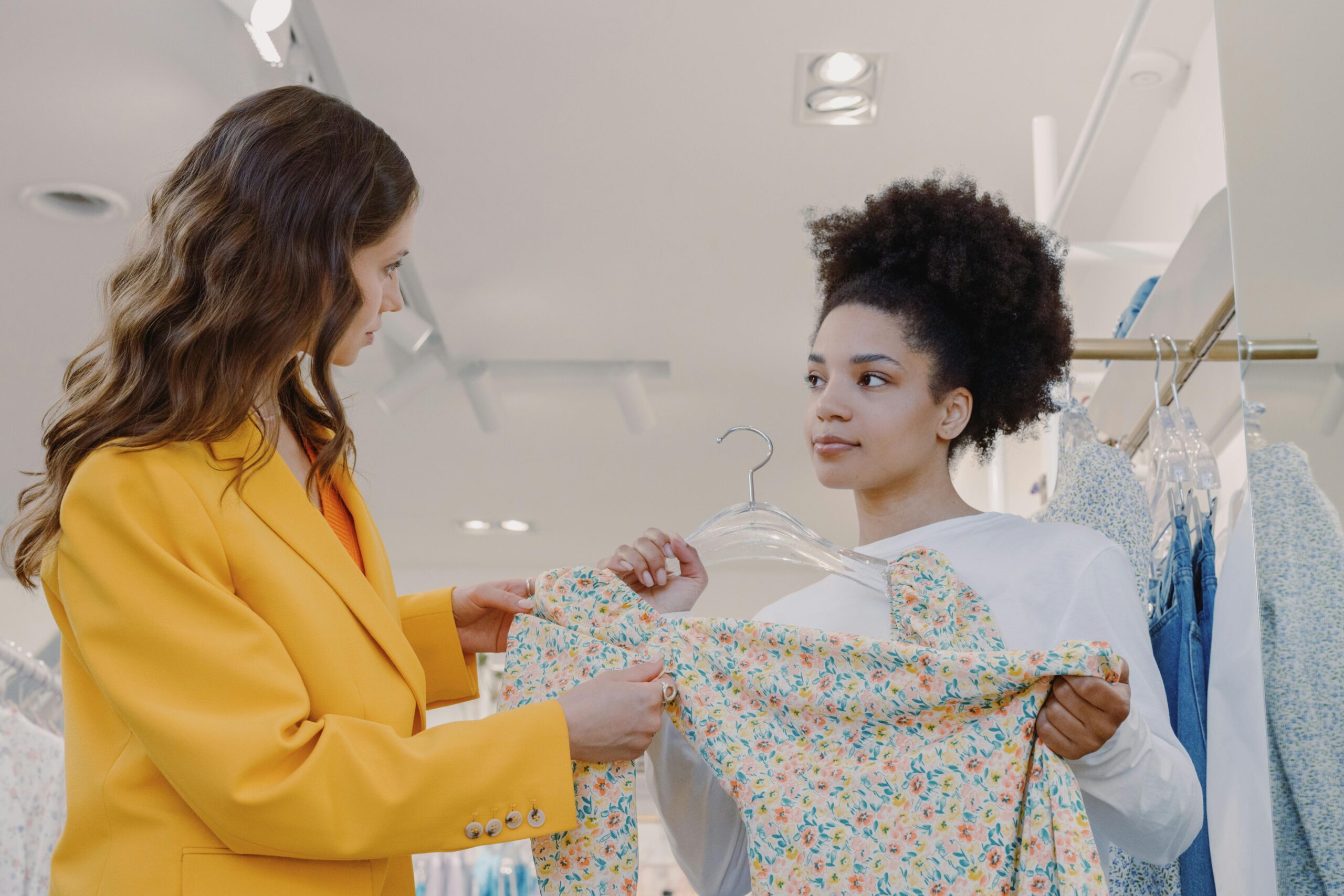President Donald Trump recently reinstated aggressive tariffs on imported goods. He targeted Chinese products with rates up to 145 percent and imposed a 10 percent levy on imports from other countries. These measures, aimed at revitalizing domestic manufacturing, have significantly impacted the fashion and beauty industries. Thus, leading to increased production costs and retail prices.
Why Tariffs Matter to You
These tariffs affect everyday items, from skincare products to clothing and accessories. For Black women aged 24-35, who are often trendsetters and conscious consumers, understanding these changes is crucial. The increased costs may influence purchasing decisions, especially for brands that resonate with this demographic.
Fashion and Beauty Brands Feeling the Heat from Tariffs
Here are ten brands impacted by the tariffs:
E.l.f. Beauty
Known for affordable cosmetics, E.l.f. sources about 80 percent of its products from China. The company has mitigated some tariff impacts through supplier negotiations and slight price increases.
Estée Lauder
While much of its production is domestic, Estée Lauder faces increased costs due to tariffs on imported ingredients and packaging materials, affecting product pricing.
Shein
The fast-fashion giant has paused its London IPO plans due to the U.S. revoking tax exemptions for low-value imports from China, leading to operational cost increases and an 8 percent price hike in womenswear.
Steve Madden
With a significant portion of its products sourced from China, Steve Madden plans to reduce imports from the country by 40-50 percent to mitigate tariff impacts.
Goody Products
The hair accessory brand reports that tariffs could lead to a 40 percent price increase on products like hair ties, which are primarily manufactured in China.
Samreen’s Vanity
This beauty brand anticipates a 15-20 percent increase in packaging costs due to tariffs on Chinese-made materials, prompting price adjustments on certain product lines.
Nike
Although Nike has reduced its reliance on Chinese manufacturing, sourcing only 16 percent of its apparel from China as of 2024, tariffs still pose challenges, leading the company to diversify production to countries like Vietnam.
L’Oréal
While L’Oréal manufactures a significant portion of its products domestically, tariffs on imported ingredients and packaging materials from countries like China and Italy could affect product costs.
Ralph Lauren
The brand has increased manufacturing in countries outside China to mitigate tariff risks, as 15 percent of its products were sourced from China in fiscal 2024.
Thirteen Lune
This inclusive beauty retailer has faced challenges due to the broader industry slowdown, with restructuring efforts underway to adapt to the changing economic landscape.
As consumers, staying informed about these developments allows for conscious purchasing decisions. Supporting brands that are transparent about their sourcing and pricing strategies can help mitigate the impact of these tariffs on your wallet.
